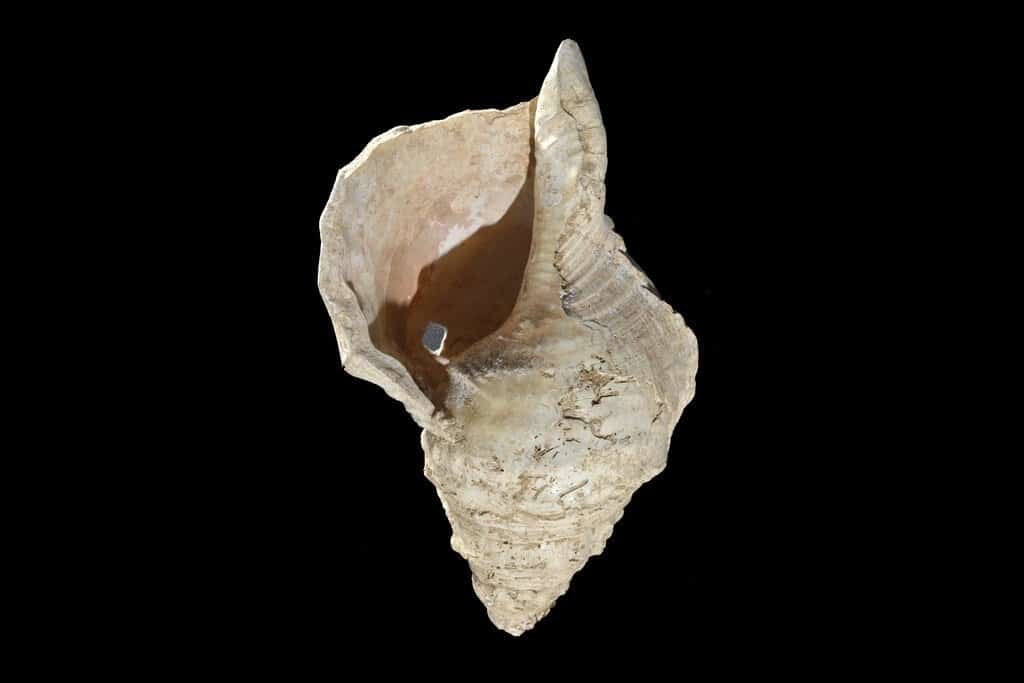
Abandoned at the mouth of your shelter
you quivered apprehensively at our approach,
crying out to be held as we proclaimed
the exception of your discovery.
Sighing wearily as we consigned
you to the dusty silence of our archives.
But now
When I hold you in my hands, I see the face
of your purposefully speckled complexion.
When I lift you to my ear, I hear the sound
of an ancient sea lapping at your shores.
When I place you at my lips, I feel the
heartbeat of your creator pulsing to my breath.
I close my eyes,
as you call out to all
that you have lost.

This poem is inspired by recent research, which has discovered that a large seashell that sat in a French museum for decades is actually a musical instrument used around 18,000 years ago.
In 1931, researchers working in southern France unearthed a large seashell at the entrance to The Marsoulas Cave, in the foothills of the French Pyrenees, a small cave notable for its archaeological wealth, including Palaeolithic cave paintings. The researchers who discovered the shell initially thought it served as a ceremonial drinking cup, noting no discernible modifications by human hands, and whilst at the time it was observed to be an expectational discovery, it has since sat for over 80 years in the Natural History Museum of Toulouse. However, new observations have revealed numerous clues of human modifications to the shell, which means that it was likely used as a musical instrument, perhaps played during ceremonies or used to summon gatherings in ancient times.
In this study, researchers used advanced imaging techniques to show that one of the ancient cave people cut off the shell’s narrow end to create a small opening. A cylindrical mouthpiece, possibly a hollow bird bone, was also likely inserted in the hole, with brownish traces of a resin or wax around the artificial opening potentially coming from a glue used to fix the mouthpiece in place. The ancient craftspeople also removed the outermost edges of the shell’s labrum (the liplike structure that forms the outer margin of the opening of the shell) and covered the shell’s exterior with designs in an ochre-red pigment that matched the style of cave paintings found inside the Marsoulas cave. By using a metal mouthpiece and blowing into the shell’s artificial opening, a musicologist and horn player enlisted by the researchers was able to produce sounds close to the musical notes C, C sharp, and D. Carbon dating of the cave, which was carried out on a piece of charcoal and a fragment of bear bone from the same archaeological level as the shell, suggest that the conch is around 18,000 years old, making it the oldest known human-made conch shell horn. It stands out as a unique find among European Upper Palaeolithic (around 46,000 to 12,000 years ago) artefacts and may be the only example of a musical instrument fashioned from a large shell during this period.
from ScienceBlog.com https://ift.tt/3qgqxKi
No comments:
Post a Comment